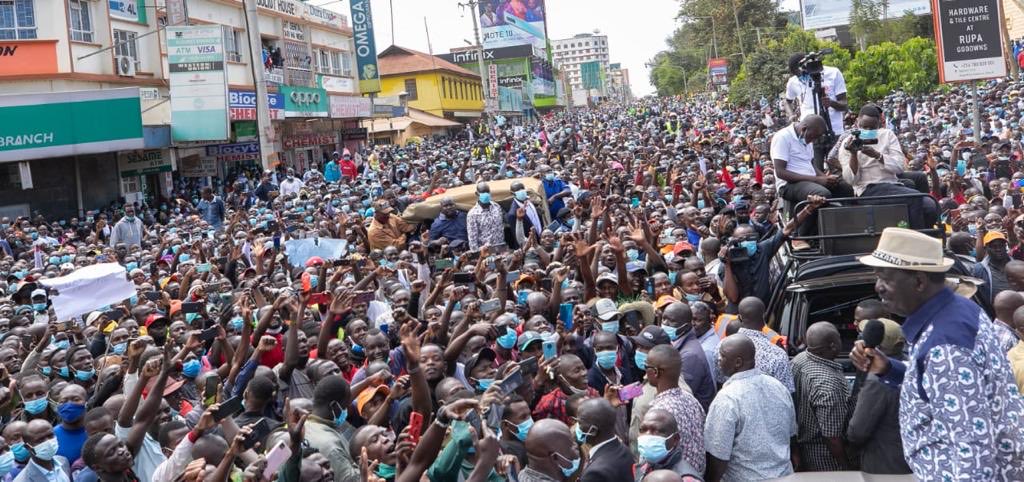As the countdown to 2022 general elections continues, there are 15 vote-rich counties that are possibly the determinants of the winner in the presidential contest between Deputy President William Ruto and ODM leader Raila Odinga.
In an analysis done by Nation.Africa, the two most recent presidential elections shows the 15 counties made all the difference between Jubilee Party’s double wins and the opposition’s losses.
It indicates their huge bearing on the August polls if past voting patterns are repeated.
In 2013, Uhuru Kenyatta beat his opponent Mr. Odinga by a thin margin of 800,000 votes, and only 8000 ballots separated them from going into a run-off based on the electoral rules that require a winning presidential candidate to secure above 50 percent of total votes cast.
While in 2017, President Kenyatta garnered more votes and the margin between him and Raila Odinga widened by 1.5 million votes. This change was immensely contributed by the 15 counties which all gave Jubilee Party 1.1 million votes.
In seven of these counties; Murang’a, Nyandarua, Marsabit, Kisii, Nyeri, Kirinyaga and Nyamira- Raila’s votes reduced by over 80,000 in 2017 compared to 2013. While Mr. Kenyatta’s votes gained almost 500,000 extra votes in the seven counties in 2017.
This has made Mr. Odinga to work hard in campaigning in these counties to woo Jubilee voters.
The other counties that assisted Uhuru Kenyatta to lead were Kiambu, Nakuru, Tharaka Nithi, Meru, Embu Turkana, Uasin Gishu and Laikipia.
The current political rivals, Raila Odinga and DP Ruto have camped in these counties lately as campaigns gather momentum, showing an analytical approach to the rivals’ vote-hunting strategies.
Although the Supreme Court nullified 2017 results, the figures are the only reliable numbers to compare voting patterns with 2013.
Importantly, these 15 counties account for a third of the recently projected new voters that IEBC targets to register by next year’s General Election.
The counties are home to approximately 2.8 million of the potential 9.2 million new voters that the electoral body aims to register.
What this means is that the presidential aspirants must work hard to get the high voter turn out in these regions.



















